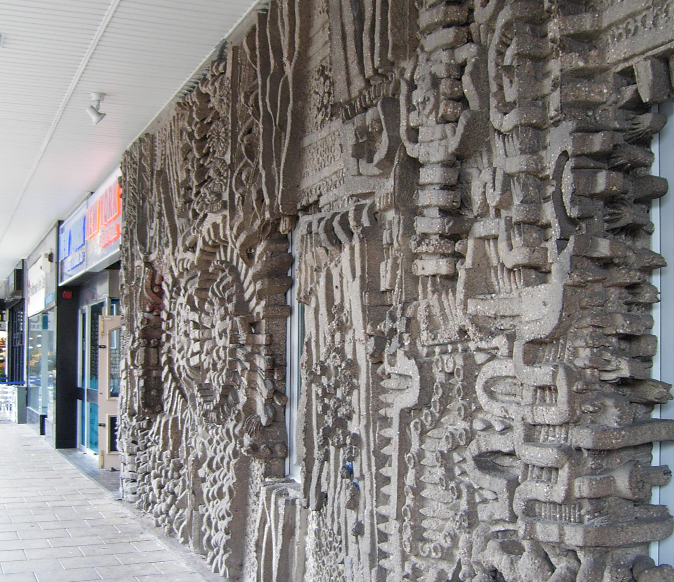Sculpture and Architecture:William Mitchell on himself

Sculpture and Architecture
During most of the twentieth century, the relationship between architecture and sculpture was a strong one, created through collaboration on major public buildings, war memorials, and exhibitions.
The relationship, often described as the subservient one of ‘handmaiden to architecture’ began to fall apart under Modernism, with Henry Moore preferring to place his sculptures at a distance from a building rather than actually on it, but the more direct contact was continued by two eminent living sculptors, Geoffrey Clarke RA (b.1924) and William Mitchell (b.1925), whose work has been saved from destruction on several occasions by the Twentieth Century Society.
In the centenary year of the outbreak of the First World War, the reinvention of memorial sculpture in a post-heroic age is one of the themes that will be covered.
The lectures include among the speakers some of the principal authorities on individual artists and on the wider themes involved.
4 December William Mitchell on himself
William Mitchell (b.1925) served in the Royal Navy and after studying at Portsmouth, the RCA and the British School at Rome, answered an advertisement from the LCC to join the architects’ department as a sculptor working on buildings and public spaces. In the 1960s, he formed his own company, producing major work in cast concrete and GRP for buildings such as Liverpool Catholic Cathedral. Piccadilly Plaza Tower, Manchester and the Egyptian Escalator at Harrods.
The importance of Mitchell’s work has increasingly been recognized in recent years and several of his pieces have been listed.
The lectures take place at The Gallery, 70 Cowcross Street, EC1M 6EJ, at 6.30pm.
Members £8, non-members £10, students £5, including a glass of wine. Some tickets will be available at the door.